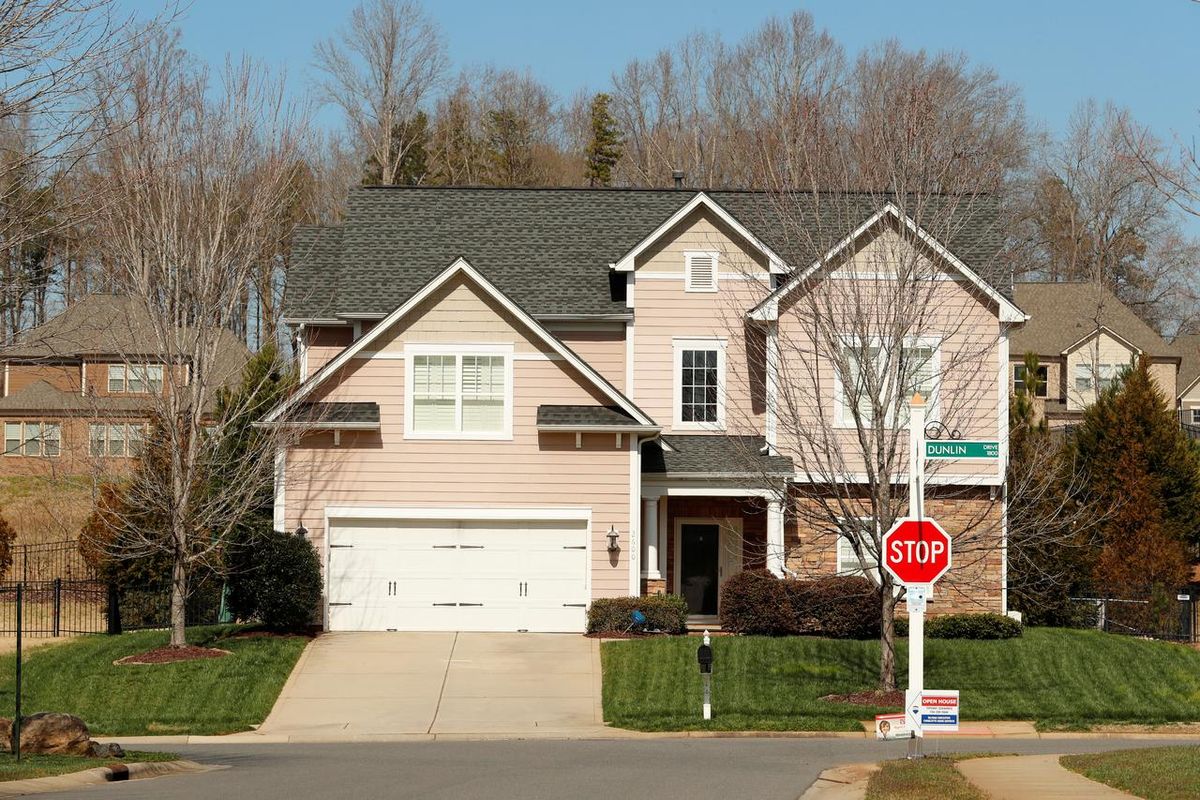US housing market faces unaffordability crisis after coronavirus

A few minutes every morning is all you need.
Stay up to date on the world's Headlines and Human Stories. It's fun, it's factual, it's fluff-free.
Though mortgage rates have been driven low, affordability has not followed and prices have surged over the last year as a result of the pandemic.
Amid the coronavirus-induced instability afflicting Americans’ savings, jobs and livelihoods, there has been one constant – house prices in the United States continue to rise.
A major house price index has shown that prices of houses in 20 US cities rose in October 2020 by some 7.95% on a year-on-year basis and faced a 1.6% rise from the previous month alone.
The S&P CoreLogic Case-Shiller index, which tracks house prices in 20 major US cities, has shown that this rise in the final months of 2020 was the largest since 2014.
A separate report from the Federal Housing Finance Agency showed that purchase-only prices rose by 10.2% in October 2020 compared with a year before, the largest year-on-year growth since 2005, before the Great Recession.
Record low mortgage rates
This rise in US house prices has been fueled, in part, by ultralow mortgage rates throughout 2020.
In late December, mortgage rates in the US – based on an average 30-year fixed loan – reached a low not seen in nearly half a century. Average mortgage rates now stand at around 2.6% and have been below 3% since July 2020, falling as a result of the impact of the coronavirus pandemic on US markets.
But the demand has not been equally spread. Low mortgage rates have largely arrived as a benefit for wealthy Americans, according to data from the Mortgage Bankers Association for the month of October 2020.
Applications for mortgages larger than US$766,000 jumped 59% against a smaller 13% for mortgages between US$150,000 to US$300,000, as wealthier Americans enjoyed a spending spree amid the pandemic’s reduced rates, driving up prices across the market.
Mortgage rates hitting a near-50 year low might initially appear to be good news for aspiring homebuyers, but new data shows that homebuyers face the biggest affordability crisis in at least 12 years.
Figures from national property database Attom Data Solutions has shown that in the fourth quarter of 2020, homebuyers needed to spend around 30% of their average wage to afford a typical house, which is the biggest share for any three-month period since 2008.
As a result, though mortgage rates have been driven low, affordability has not followed, with prices having surged over the last year as a result of the pandemic.
Millions of Americans had previously delayed their monthly mortgage payments and looked to government bailout programs as the financial squeeze from the pandemic heightened in 2020.
Rising prices will also pose greater obstacles for younger, first-time homebuyers, who will now find it more difficult to take their first steps into the market.
According to Danielle Hale, chief economist for realtor.com, these rising prices will continue further into 2021.
“While we expect mortgage rates to tick up gradually, sales and price growth will be propelled by still strong demand, a recovering economy, and still low mortgage rates,” Hale reported.
Todd Teta, the chief product officer at Attom, told Bloomberg, “The future remains wholly uncertain and affordability could swing back into positive territory,” adding, “but, for now, things are going in the wrong direction for buyers.”
Millions of renters at risk of eviction
It is not just homebuyers facing uncertainty, either. The pandemic and the drawn-out debate over further stimulus that ensued at the end of 2020 has created significant problems for America’s more than 100 million renters.
A nationwide moratorium on evictions that was originally set to expire on December 31 was extended at the last minute, providing a lifeline to the millions of renters who had been unable to afford their rents as a result of wiped out savings.
Without an extended moratorium on evictions, 14 million American households would have reportedly been at risk of losing their homes.
The difficulties in housing market affordability and paying rent illustrate one key fact about the coronavirus pandemic in the US – the pandemic has heightened America’s wealth gap, exhausting the savings of working class Americans while wealthier Americans with savings have engaged in a homebuying spending spree.
Although the second coronavirus stimulus package that was recently agreed on by Congress has extended the ban on evictions until the end of January, with US$25 billion also provided in rental assistance for individuals who have lost sources of income during the pandemic, there exists significant uncertainty for both homebuyers and renters in the US.
Further stimulus?
There is, perhaps, a small glimmer of hope. With the victory of Raphael Warnock and Jon Ossoff in Georgia’s two Senate runoff races, control of the US Senate will now pass to the Democratic Party, albeit by the smallest of margins.
With Democratic control, US$2,000 stimulus checks now have a greater chance of approval.
The current Senate Minority Leader – and likely future Majority Leader – Chuck Schumer spoke after victory was confirmed in Georgia, saying “one of the first things that I want to do when our new senators are seated, is deliver the $2,000 checks to the American families.”
Regardless of whatever relief is offered, the challenges facing the housing market are just one of the myriad economic problems that must be addressed by the incoming Biden administration.
Have a tip or story? Get in touch with our reporters at tips@themilsource.com




Comments ()